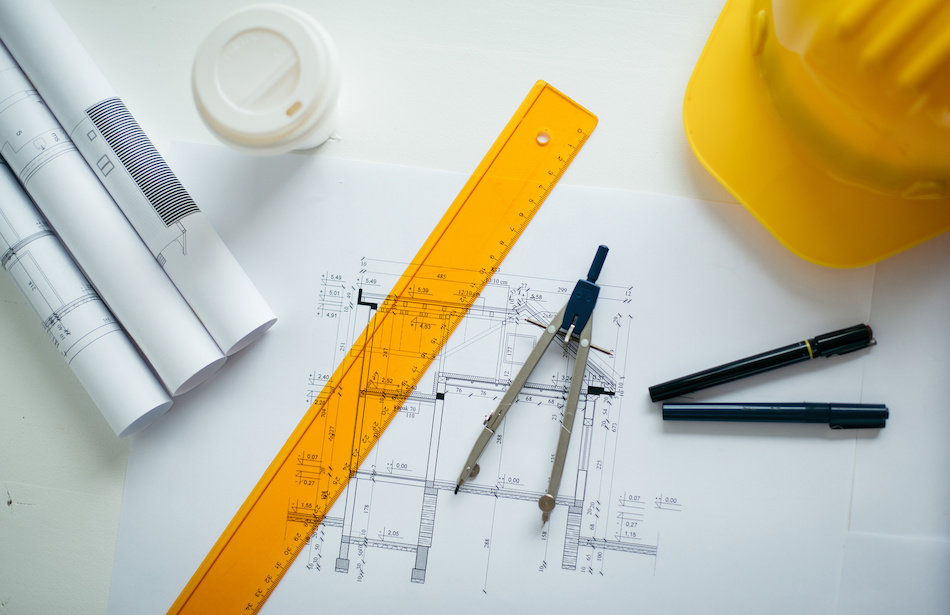News and Trends in Residential Building Technology
Posted by Justin Havre on Tuesday, July 10th, 2018 at 9:38am.
 The construction industry has moved along at its own pace when it comes to adapting different kinds of technology, even as breakthrough after breakthrough debuted on the market. However, residential builders are starting to recognize how new advancements can save them time and money in the home construction process. Whether an individual is planning to build or remodel their home in the future or they're just curious about the shifting methods of home construction, it's useful to know the trends to better predict the future of the residential building industry.
The construction industry has moved along at its own pace when it comes to adapting different kinds of technology, even as breakthrough after breakthrough debuted on the market. However, residential builders are starting to recognize how new advancements can save them time and money in the home construction process. Whether an individual is planning to build or remodel their home in the future or they're just curious about the shifting methods of home construction, it's useful to know the trends to better predict the future of the residential building industry.
The Scouting Process
Scouting for the best locations to build has long been a time-consuming process for many builders. Not only are photos typically insufficient to get the full scope of the land, it also requires schedule coordination that can be difficult to arrange—especially if multiple people have to approve the site. Now builders can use drones for an overview of the land and 3D scanners to ascertain the details. Drones show aerial footage that can immediately rule out land for any number of reasons (e.g., a grove of trees or massive stockpile.) If there are any further doubts, 3D scanners give the measurements of any physical obstructions on the land to within 2 mm of accuracy. Homeowners have the chance to be more involved in the building process without having to compromise their own schedules.
Getting the Job Done
There's been a consistent shortage of skilled labor in the construction industry. The extra workload puts more pressure on available construction workers, which is just part of the reason why accidents have risen in the last few years in major cities. Virtual or augmented reality programs are now available to give workers a better understanding of how they should be tackling their job. They have the opportunity to have hands-on experience without risking their health or safety. More than this, it can give them a chance to learn the quirks and special features of the exact job site that they'll be working on. Employees learn how to solve problems in the virtual world so they don't endanger themselves when they finally take off the headset and step onto the job site.
A Change in Materials
Manufacturers of residential building materials are striving to drastically cut down on how much maintenance homeowners need to complete over their course of homeownership. For example, nanoparticle paint is designed to resist stains, scuffs, and water damage due to its infusion of titanium dioxide. There's also self-healing concrete that can be used for the foundation of the home. This special material has shape-memory polymers designed to revert to its original state in the case of mild to moderate damage. This kind of durability is great for homeowners while they live in the home, and it can also be an excellent selling point for future buyers.
The Benefits of Robotics
From packaging to car making, robots are now being used in practically every major industry. Brick-laying robots work at a speed that's five times faster than a human worker, making it possible to both push up construction deadlines and cut back on labor costs. The technology is somewhat primitive as of right now and cannot be operated without the help of human workers loading and unloading the materials. The robots also can't work with complicated designs and may be impeded by small anomalies in the land. However, the technology is getting better by the year, which could lead to more brick-laying robots in the future.
A New Way of Building
The above examples give people a good idea of how conventional building is being augmented by technology, but some people are reimagining how homes can be made without the help of any traditional techniques. There are now 3D printers that can make build entire homes from scratch in less than a day's time, and they cost as low as 4,000 to produce. While the homes are simple in terms of architectural design, they are purported to be entirely up to code and ready for human inhabitants. Right now, the technology seems best suited for cities demanding more low-cost housing for residents, but this may change as more people recognize the merits of 3D printed homes.
While all builders may take a different approach when it comes to completing their projects, it's worth noting which advancements have started to make headlines with investors, developers, and North Calgary home buyers or elsewhere. It may not take long before the exception becomes the norm, especially considering just how many benefits each of these breakthroughs has for future homeowners. Those who have the information may be able to make better choices when it comes to building or home improvement.
